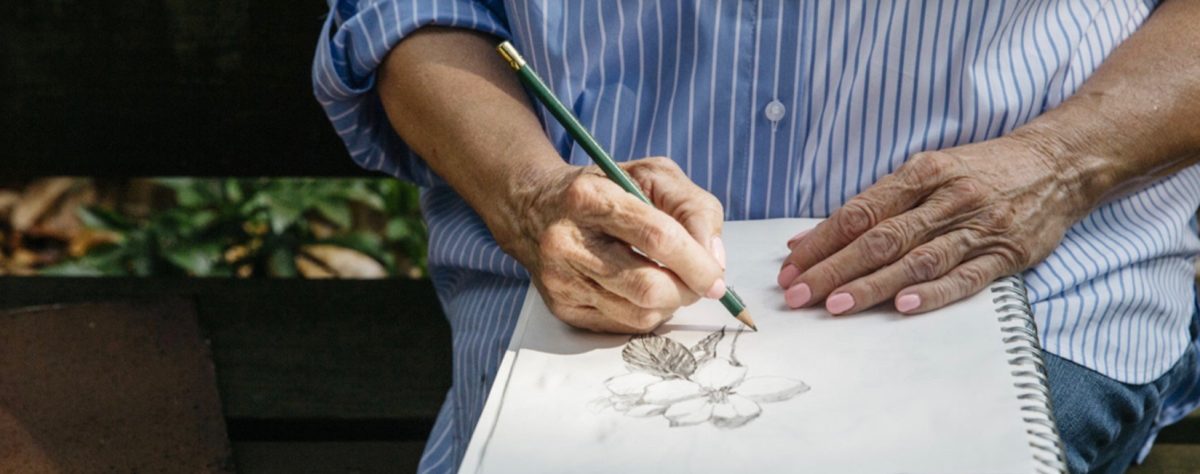What is the essence of serenity in art and why do we seek it? There is no doubt some art can bring about a sense of peace, whether by making it or observing it. One of the arguments against the “shock art” that has been prominent in the last few decades, is the sense of unrest it causes in both viewer and art maker. While “shock art” can upend the art market for a bit, it does not translate to popularity with the vast art making and buying public. Shock artists may make a pile of money in the short term but have no lasting appeal. And only a minuscule number of artists can make it in the extremely narrow market for shock. So what about the greater makers and consumers of art out there? Is it serenity we are seeking or something more?
Artists and art consumers could be:
- seeking serenity in the “vastness of scenery”
- being transported to another world where only paint, brush strokes and color exist
- using our imaginations for survival
- staying healthy by using our creativity to remain connected

David Chang, renowned artist and Chair of the Department of Art + Art History, at Florida International University, on an exhibit at FIU called, “The Art of Serenity” says, “Human beings are naturally drawn to vastness in scenery.” While Alice Sun, responding in Quora.com on “Why is painting a relaxing activity?” says “To me, painting is relaxing because it transports me to another world, where only paint, brush strokes and color exist.”
While we think we are seeking peace and serenity, we may in fact be seeking something much bigger. Kaimal Girija, of Drexel University, says in an article for NPR, “This act of imagination is actually an act of survival.” “It is preparing us to imagine possibilities and hopefully survive those possibilities.” The writer of the article for NPR, Malaka Gharab is an artist herself and believes there are benefits to both making and viewing art. In her article, “Feeling Artsy, Here’s How Art Helps Your brain she talks with experts like Girija and another, Christianne Strang, Professor of Neuroscience at the University of Alabama, Birmingham and past president of the American Art Therapy Association. Professor Strang says, “”Creativity in and of itself is important for remaining healthy, remaining connected to yourself and connected to the world.”
As for me, I’ll say art and art making is all of those things and more! The only thing I can add is, I must make art. It is a drive from inside that I have very little control over. Is seeking serenity through art and art making a means of survival and connectedness? Must be!


